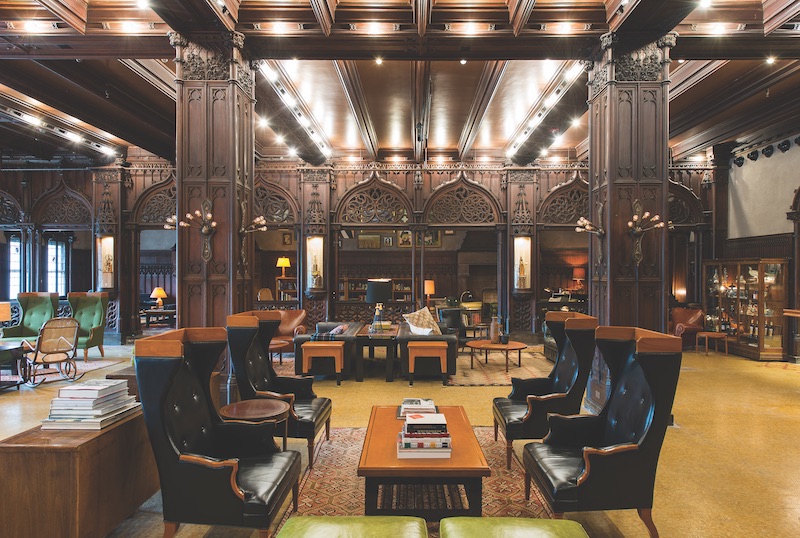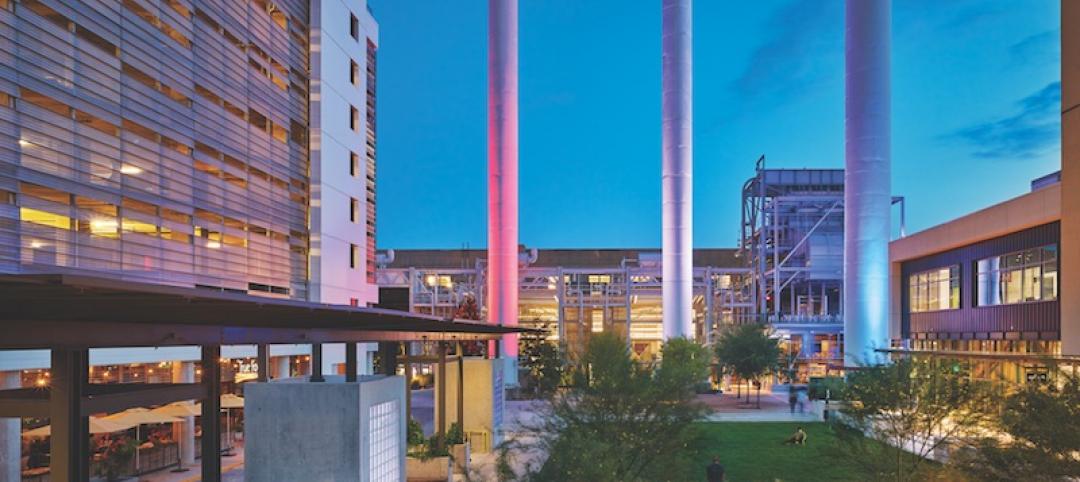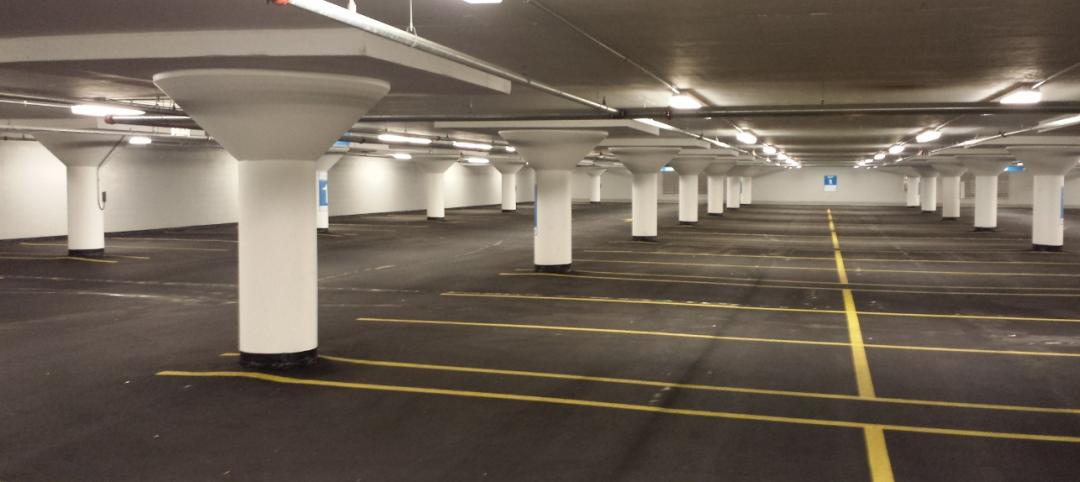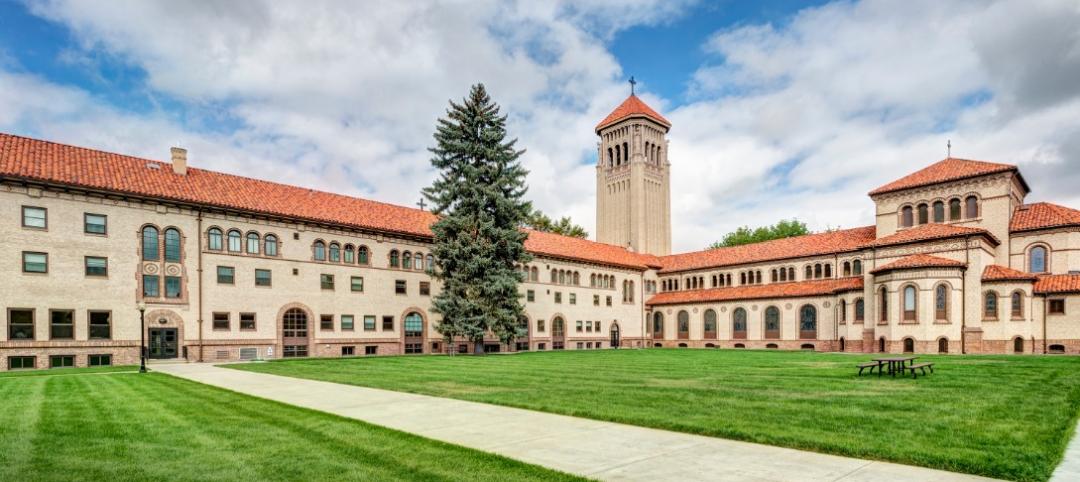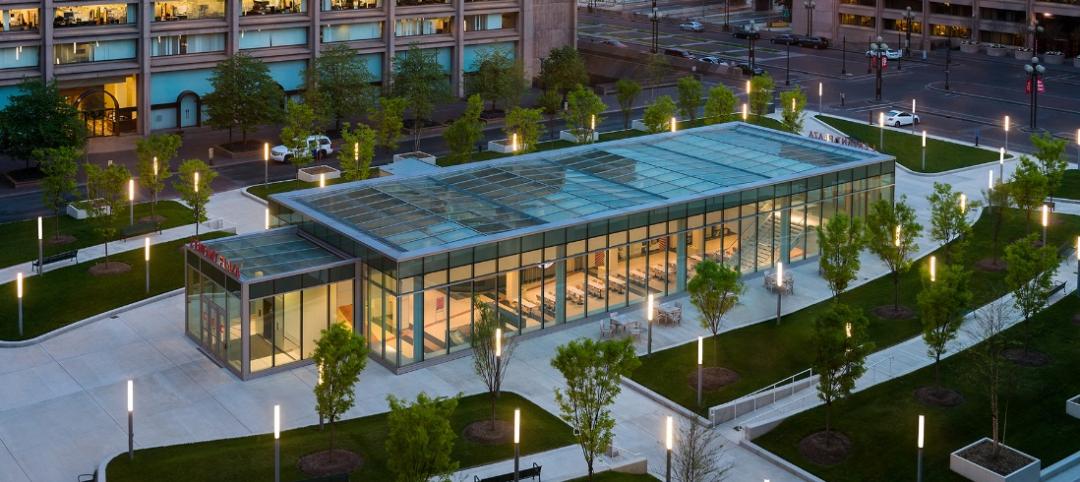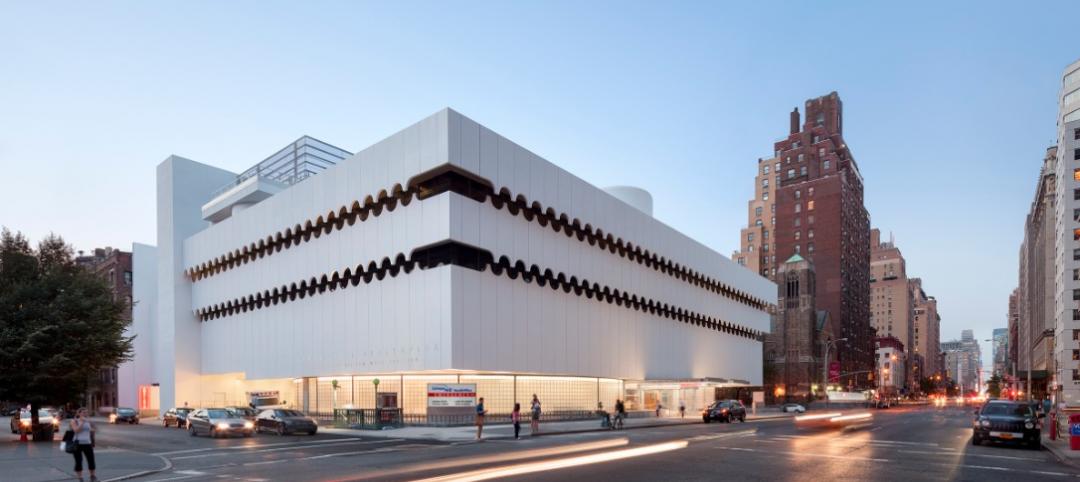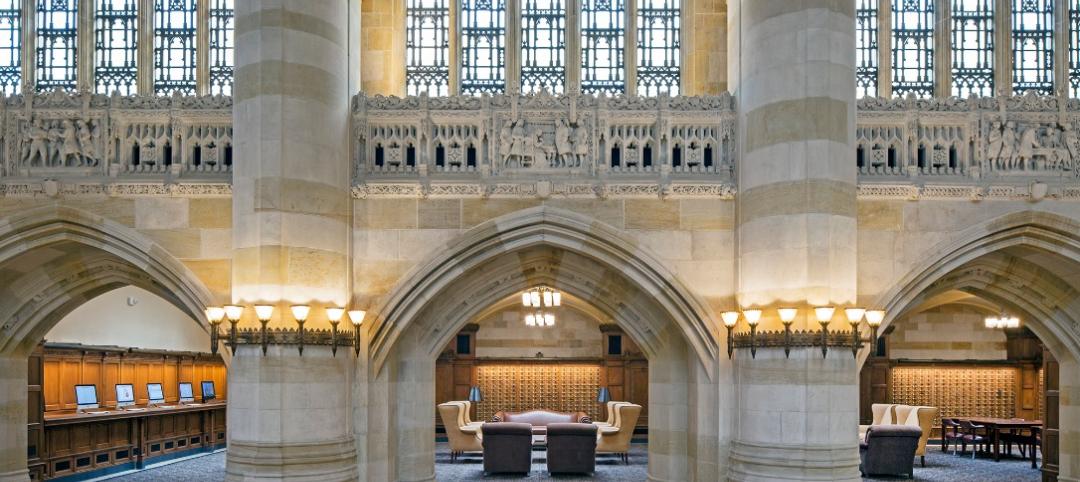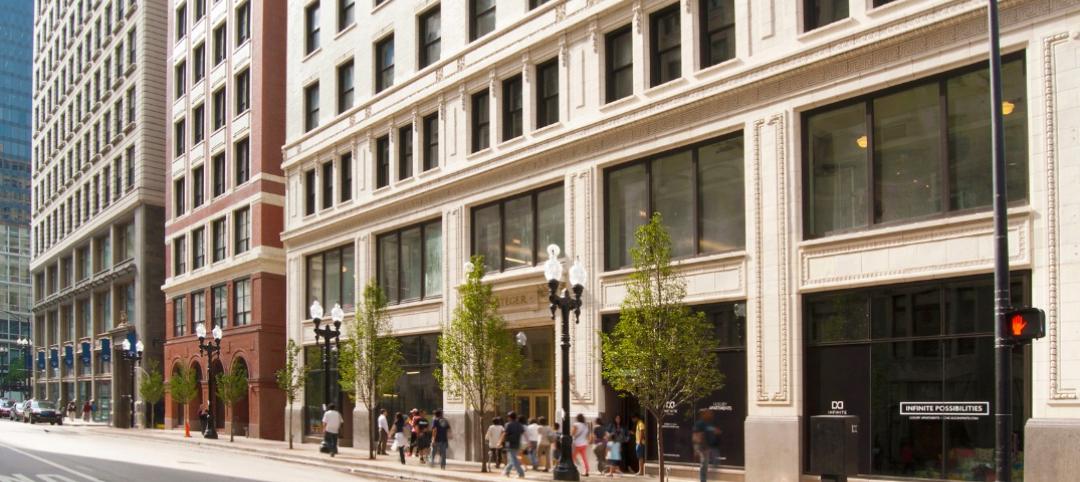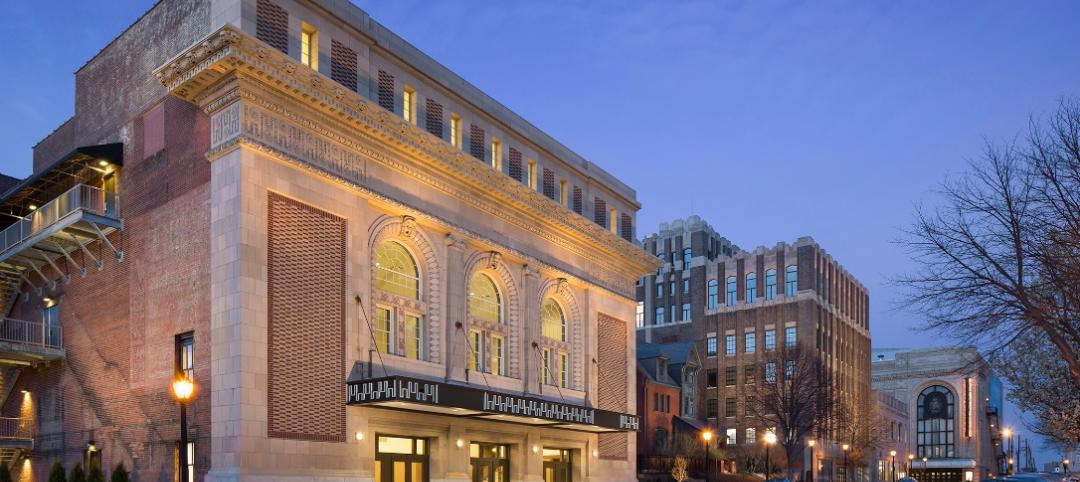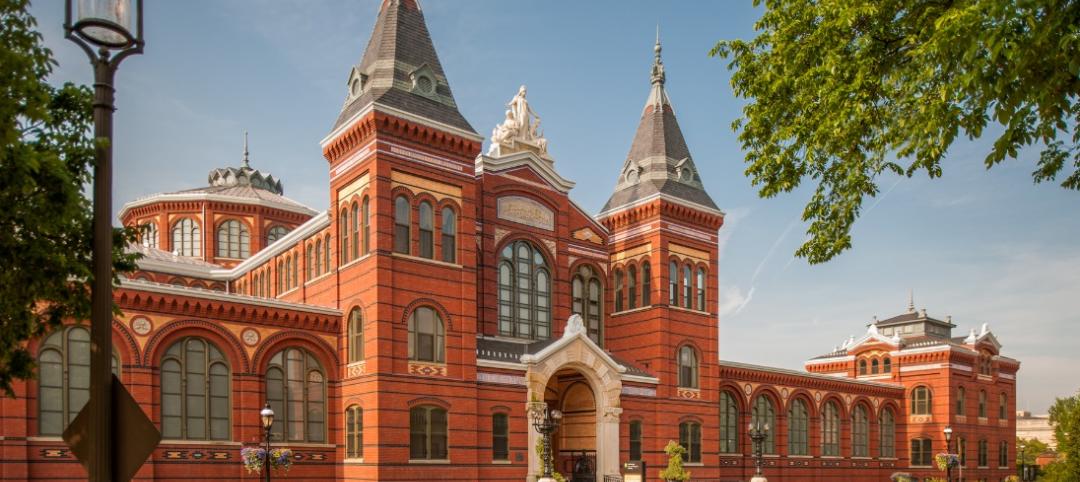By 2008, it looked like the historic Chicago Athletic Association (CAA) building, located in downtown Chicago across from Millennium Park, was destined to become another casualty in the march to modernity.
Built in 1893 for the World’s Columbian Exposition, which had a major influence on Chicago’s planning and development for decades to come, the CAA was an exclusive social club founded by leading figures in American sports and commerce, among them William Wrigley, Jr., Charles Comiskey, and Albert Spaulding.
But once the club disbanded, in 2007, the wrecking ball loomed. The National Trust for Historic Preservation cited the CAA building, which is on the National Register of Historic Places, as one of the nation’s 11 most endangered places.
The building sat dormant until 2012, when an investment partnership came to the rescue and acquired the property with an eye toward converting it into a 241-room boutique hotel.
That transformation became manifest in the Building Team’s re-examination of the interplay between restoration and modern use. While the team introduced several new elements that brought the CAA into the 21st century, it also took great pains to ensure that these improvements were consistent with the original character of the building by showcasing the craftsmanship and materials of the façade and interiors.
“Gorgeously restored and imbued with a modern spirit of play, [capturing] many of the city’s most compelling attractions—architecture, history and food—under one handsome roof” is how The New York Times described the finished product, now the CAA Hotel.
 The restored second-floor Game Room features bocce, billiards, chess, and shuffleboard. Courtesy Brad Pogatetz Photography.
The restored second-floor Game Room features bocce, billiards, chess, and shuffleboard. Courtesy Brad Pogatetz Photography.
The club, designed by Henry Ives Cobb (1859–1931), exemplified Venetian Gothic architecture. In the course of its restoration the Building Team uncovered treasures that had been obscured by past renovations, such as original walnut herringbone floors and Carrara marble tile hidden under carpeting.
The building, which reopened as a hotel in May 2015, is a celebration of the craft of construction. Master craftsmen set up their workshops on site during the rehabilitation. They restored 18,000 sf of ornamental plaster, 26,500 sf of marble and mosaic flooring, and 32,000 sf of wall paneling and bas relief, not to mention “stalactite” light fixtures in the White City ballroom, which had been painted over in garish colors, sheared off, and hidden by a nondescript dropped ceiling.
The general contractor, Bulley & Andrews, was brought on early in the process to work with the design team. The GC broke down the project into smaller, manageable components and matched superintendents and project engineers to each component based on their knowledge and strengths. The project created 1,000 construction jobs and 500 full-time positions.
The exacting nature of the restoration is evident in the work done to the CAA’s Grand Lobby, which now serves as the hotel’s reception area. Every piece of original millwork in that space was removed, catalogued, and restored. The second-floor Game Room, with its billiards, bocce, shuffleboard, and chess paraphernalia, was restored to its original intent, but now also offers gamers playful fare like duck sausage corn dogs. Guests can also avail themselves of the facility’s gym and loaner bicycles.
The guest rooms harken back to the past, with references to traditional clubrooms of vintage athletic associations. The rooms feature custom-lacquered wooden armoires and bars and a modern take on 19th-century brass beds. The redesign isolates the guest rooms from any noise and vibration emanating from the hotel’s ball courts, bowling alley, bars, and mechanical systems.
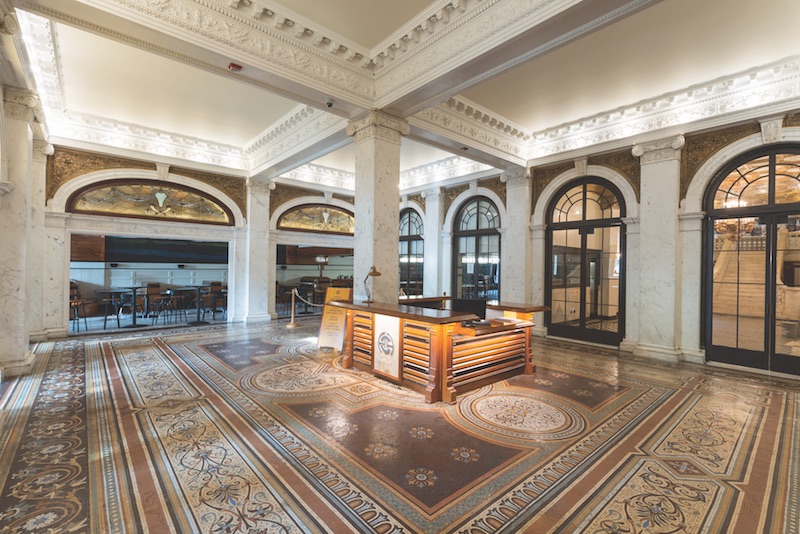 The original lobby is highlighted by mosaic floor tile and replicated brass doors. Courtesy Brad Pogatetz Photography
The original lobby is highlighted by mosaic floor tile and replicated brass doors. Courtesy Brad Pogatetz Photography
What distinguishes this project from other restorations is how seamlessly it meshes the new with the old. Case in point: a Shake Shack that opened on the ground floor last year. In August, the CAA became the first hotel in the world to offer Shake Shack dinner deliveries to guest rooms.
CAA’s natatorium has been repurposed into a special event space, with steel deck and tile mosaic covering the original pool with a design that mirrors four swimming lanes. A former athletic court has been converted into another event space, with its original mezzanine running track providing a balcony.
The Building Team installed entirely new and energy-efficient mechanical, electrical, plumbing, and A/V systems, and hid them behind intricately paneled walls, above plaster ceilings, and beneath the mosaic floors. The team coordinated with CAA’s energy provider to avoid having to build a new utility vault within the structure.
One of the key components in the MEP upgrade is a condenser water system that captures heat produced by refrigeration and other supplemental cooling systems and transfers this energy to preheat domestic water. The system also provides combustion air for the boiler room in the winter, thus eliminating the need to operate the cooling tower system in the coldest months.
The restoration added 9,674 sf to the building’s 208,893 sf of existing space. Prominent in that expansion is a 6,000-sf, glass-enclosed rooftop deck that sits on a floating deck supported by cantilevered trusses and reinforced columns at the building’s core.
Within that structure, which takes its cue from greenhouse design, is a 4,500-sf rooftop bar and restaurant called Cindy’s, named after the mother of John Pritzker, whose father was the billionaire philanthropist and investor Jay Pritzker. John Pritzker is a partner in Geolo Capital, one of three investor groups in this project. Geolo Capital owns Commune Hotels & Resorts, which operates the property.
PROJECT SUMMARY
Platinum Award Winner
Chicago Athletic Association | Chicago, Ill.
Building Team: JLL (submitting firm, CM) and KJWW Engineering Consultants (submitting firm, MEP); AJ Capital, Geolo Capital, and Agman Partners (owners); Hartshorne and Plunkard Architecture (architect); Roman and Williams Buildings and Interiors (interior architect); Forefront Structural Engineering (SE); SPACECO (CE); Wiss, Janney, Elstner Associates (exterior restoration, structural façade engineer); Macrostie Historic Advisors (historic consultant); Bulley & Andrews (GC).
Details: 218,567 sf. Construction cost: $107 million. Construction time: September 2013 to May 2015. Delivery method: Design-bid-build.
Related Stories
Reconstruction Awards | Nov 11, 2016
Adaptive reuse juices up an abandoned power plant
The power plant was on the National Register of Historic Places and is a Recorded Texas Historic Landmark.
Reconstruction Awards | Dec 1, 2015
Massive Chicago parking garage gets overdue waterproofing
Millennium Lakeside Garage, the largest underground parking facility in the U.S., hadn’t been waterproofed since the 1970s. The massive project took nearly 2½ years and 33,554 man-hours.
Reconstruction Awards | Nov 30, 2015
Washington Monument restored after 2011 East Coast earthquake
This restoration and repair project, which was completed under budget and eight days early (despite several setbacks), involved re-pointing 2.5 miles of mortar joints, repairing 1,200 linear feet of cracks, and installing 150 sf of Dutchman repairs. Construction took place from November 2011 to May 2014.
Reconstruction Awards | Nov 30, 2015
Denver's 107-year-old seminary campus modernized
The scope of the project included the seminary dorms, library, and chapel, all of which posed their own set of obstacles.
Reconstruction Awards | Nov 24, 2015
Center of I.M. Pei-designed plaza part of Washington redevelopment
The L’Enfant Plaza, a three-story below-grade mall, was renovated to include a new glass atrium pavilion and a 40-foot-long, interactive LED.
Reconstruction Awards | Nov 24, 2015
Manhattan's first freestanding emergency department a result of adaptive reuse
The Lenox Hill Healthplex, a restoration of the Curran O’Toole Building, has glass-block walls and a carefully preserved exterior.
Reconstruction Awards | Nov 19, 2015
Nave restored at Yale’s Sterling Memorial Library
Turner Construction and Helpern Architects revived the 150-foot-long nave, which was embellished with stained glass windows by G. Owen Bonawit, stone carvings by René P. Chambellan, and decorative ironwork by Samuel Yellin.
Reconstruction Awards | Nov 19, 2015
Infinite Chicago redevelopment bridges past to present
The renovation of three historic downtown buildings—the Gibbons and Steger Buildings and Pickwick Stables—includes a multi-level concrete walkway connection.
Reconstruction Awards | Nov 18, 2015
Sun Theater serves the youth of St. Louis
Lawrence Group and property owner TLG Beaux Arts raised $11 million to restore the 26,000-sf theater into a modern performance venue.
Reconstruction Awards | Nov 17, 2015
Smithsonian Institution’s Arts and Industries Building again an exposition and museum space
After removing decades’ worth of unfortunate additions to expose 17 historic interior spaces for the National Historic Landmark, the Building Team zoned in on the client’s key concern.


